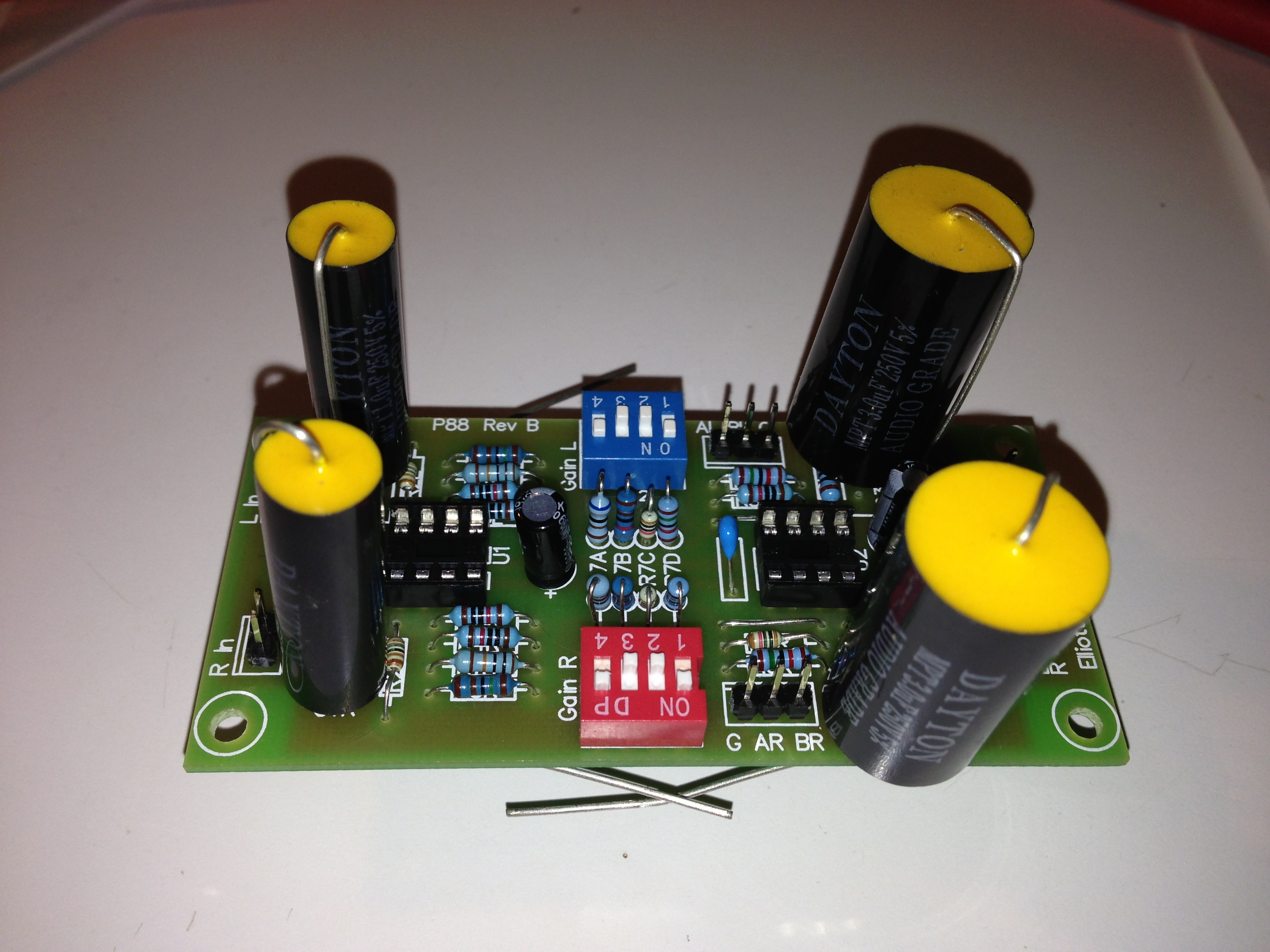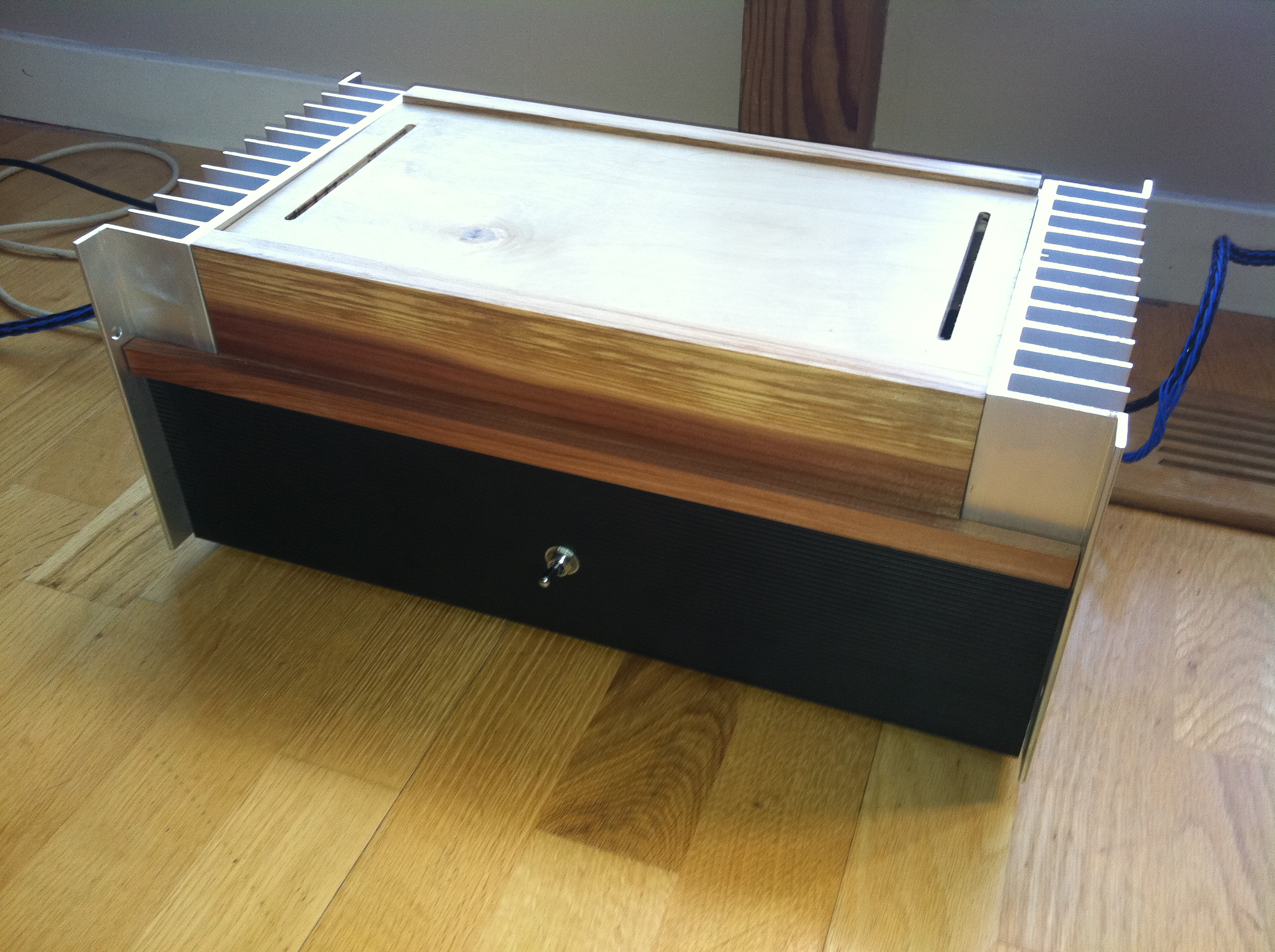Category: DIY
-

More hi-fi – a remote controlled preamp
Building and learning about electronics remains one of my favorite pastimes. When I can connect it to music, so much the better. I’m building a new preamp – this one with a microcontroller and a pile of digital hardware to provide remote control and switching. The best place for this kind of project is www.diyaudio.com…
-

A new amplifier
I’ve been away from the world of hi-fi and DIY for a long time. Before I went back to school I started building a power amplifier designed by Nelson Pass, but I never finished it. Until now.
-
Music is more than…
I came across this (thanks, Stephanie!) this afternoon: it’s a group of people who get together to explore home-made musical instruments, many of them combinations of mechanical and electrical or electronic components. Some of them are played in conventional ways, some make music under computer control, and some combine multiple techniques. What’s nice about this…
-
DIY furniture
I’ve always enjoyed woodwork – ever since I was introduced to it at school, building simple things like a pencil case and a tray. True craftsmanship is a discipline I find hard, however, so I’ve tended to find quick and efficient ways to make things. I enjoy the puzzle-solving aspect of design as well. These are…
-
New speakers in the living room
I’ve spent the past couple of months building a new set of speakers based on a design by Wayne Parham (Pi Speakers). They are three-way horn-loaded speakers, using high quality PA (public address) drivers that are a lot more efficient than the speakers they are replacing.At the weekend I finally was able to install the…